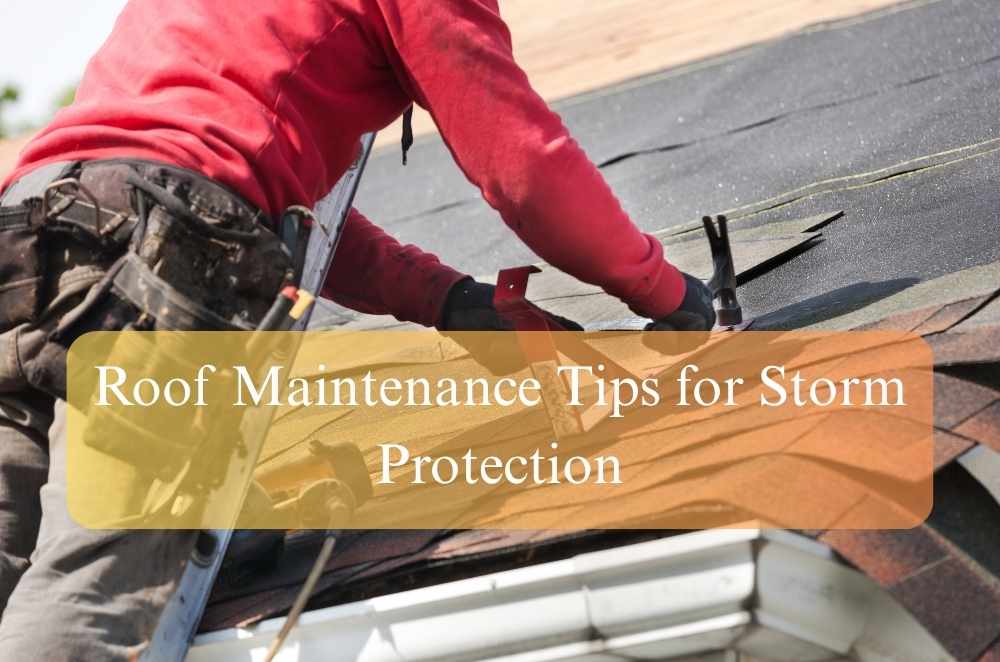
If your roof’s ever sprung a leak mid-downpour or lost a tile to howling wind, you already know one thing: timing is everything. In winter, Australian homes face their biggest structural test of the year. From battering storms to freezing overnight temperatures, the cold season pushes roofing systems to their limits, and small issues quickly snowball into urgent ones.
I remember a winter callout a couple of years ago in Sydney’s Inner West. A client rang just before midnight after hearing a thud, then dripping. A heavy branch had dislodged a ridge tile, creating a hole through which you could see the stars. They’d stuffed a towel under the ceiling and were using salad bowls to catch the water. We patched it with a temporary fix that night and came back at first light to properly seal the breach.
Stories like that are common this time of year. The key is knowing what to do when a roof emergency strikes — and how emergency roof repairs can help you avoid lasting damage.
The most common winter roofing emergencies
During winter, several specific threats tend to cause the most urgent problems:
Heavy rain: Even small cracks or gaps can lead to leaks and internal water damage.
Strong winds: Loosened tiles, flashing, or gutters can blow off and expose vulnerable areas.
Overflowing gutters: Clogged systems cause pooling water, which seeps under tiles or back into ceilings.
Falling branches or debris: Trees weighed down by rain or wind can crash onto roofs without warning.
Temperature shifts: Cold nights followed by sun exposure can stress materials, making brittle areas crack or shift.
What starts as a tiny gap or slow drip during clear weather often becomes a full-blown emergency in winter’s harsher conditions.
How to identify an urgent roof issue (before it gets worse)
Some signs of a developing roof problem are obvious. Others creep in quietly and go unnoticed until you’re dealing with internal damp or visible stains.
Here’s what to look for:
Ceiling stains or bubbling paint
Sagging plasterboard or visible drooping near cornices
Persistent musty smell, especially after rain
Light peeking through in the roof cavities
Gutter overflow or side-wall damp patches
The moment you see any of these, it’s time to act. Winter is not forgiving — moisture and structural exposure worsen fast in cold, wet conditions.
The value of acting early
One of the biggest mistakes homeowners make is waiting until the damage is obvious. But by then, internal repairs often cost more than the roof fix itself. I’ve seen it dozens of times: $300 worth of flashing failure becomes $8,000 in ceiling repairs and repainting — simply because no one climbed the ladder sooner.
Timely repair is more than patchwork. It protects the rest of your home — insulation, framing, flooring — from serious water damage, rot, or mould. Managing repairs and maintenance promptly extends the life of your entire property and reduces long-term expenses.
My experience: the winter ridge cap collapse
I once worked on a roof where the entire ridge line collapsed after a week of wind and rain. The tiles weren’t cracked — just old and poorly bedded. Water had seeped into the mortar, frozen overnight, and then expanded. Eventually, the ridge caps gave way and slid down like dominoes.
We had to tarp the entire area, replace the bedding, re-point everything, and re-secure with storm clips. It took two full days. The owner told me, “If I’d called last winter when I noticed that one loose tile, we wouldn’t be here.”
He was right.
What to expect from a winter roof repair callout
A good emergency roof response isn’t about rushing — it’s about stabilising and safeguarding.
Here’s how most situations play out:
Initial assessment — The technician checks the extent of damage and immediate risk (e.g., ceiling collapse or active water ingress).
Temporary stabilisation — Use of tarps, flashing, or sealants to stop the damage from worsening.
Safety inspection — Identifying hidden hazards like loose tiles, exposed nails, or debris under load.
Quote and follow-up repair — Once safe, a full plan is scheduled for proper repair when weather permits.
Make sure whoever you call is insured, licensed, and has experience working on slippery or fragile tiles in wet winter conditions.
Prevention is always cheaper than response
While it’s tempting to focus only on what’s broken, winter’s also the ideal time to audit your roof for the next storm. Start by clearing gutters, trimming branches, and reviewing flashings and tile alignment.
Even better, schedule a professional roof check before the next weather event hits. Consider looking for essential roof care tips to help homeowners build a year-round maintenance routine, reducing their emergency risk in any season.
When is a roof leak considered urgent?
Not every drip means disaster. But some signs move your issue into true emergency territory:
Water actively entering the home
Visible daylight through roof gaps
Sagging or stained ceiling panels
Electrical outlets or lights affected by moisture
Signs of structural cracking or ceiling collapse
Leaks during winter are especially problematic due to ongoing wet conditions and limited drying time. If you see any of the above, it’s best to treat it as an emergency, not a maintenance issue.
In these moments, recognising the markers of roof leak repair is crucial for both safety and quick action.
Final thoughts: act fast, stay dry
Roofing issues in winter don’t resolve themselves — they spread. The longer you wait, the worse they get. Even a simple slipped tile can allow water to enter, saturate insulation, and breed mould within a matter of days.
Getting fast, professional help is your best defence. Whether it’s a single tile or a ridge cap failure, urgent repairs in winter are not just about the roof — they’re about the entire structure beneath it.
So when you see the first sign of trouble, don’t wait for a break in the weather. Call an expert, stay safe, and keep your home warm, dry, and damage-free.





Write a comment ...